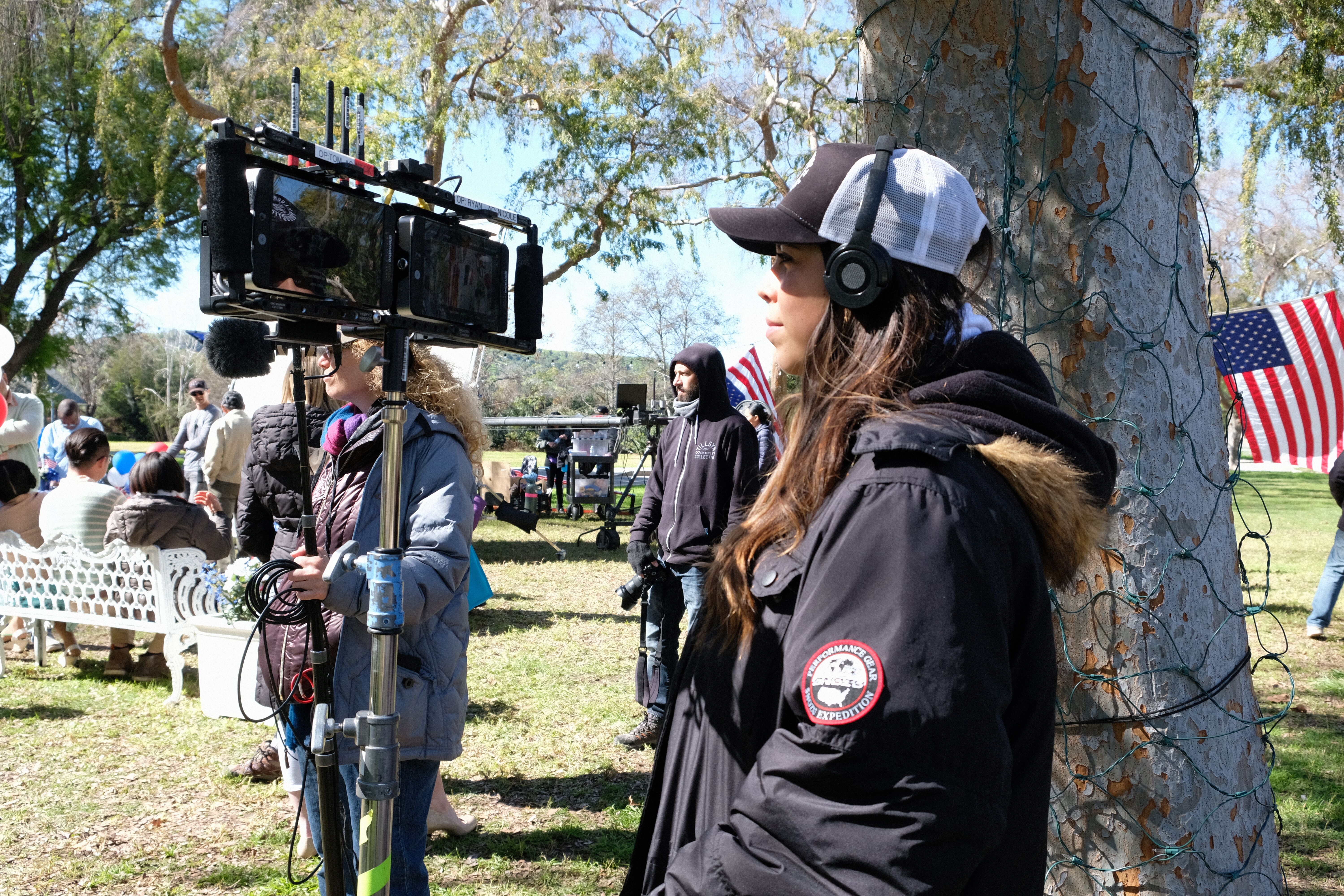Director Gigi Saul Guerrero always knew she wanted her feature film, Culture Shock, to bear that title. Produced and released as part of Hulu’s horror anthology series Into the Dark, Guerrero’s project is precisely about that unmistakable sense that you’re no longer in the place you once called home. It’s a feeling that’s particularly unsettling for recent immigrants who are called to adapt quickly to a culture that can be merely foreign at best and insidiously alienating at worst. For Marisol (Martha Higareda), that is very much the case when she eventually crosses the border from Mexico into the United States and finds herself in an idyllic-looking town that’s about to celebrate the 4th of July. Suddenly, she speaks English, gobbles down slices of pizzas, and is surrounded by a number of brown-skinned neighbors who act like cookie-cutter folks from the kinds of small towns you only see in movies. The film’s attempt to mine the subtle psychological experience that is culture shock, and turn it into a visceral violent experience, reveals itself once the utter horror of where Marisol finds herself becomes all too obvious.
For Guerrero, who was named one of Variety’s “10 Latinxs to Watch” earlier this year, the piece spoke to her own experience. Having moved to Vancouver, Canada with her parents while still in school meant that she had to spend many years in ESL classes that further marked her as different from many of her classmates. “You know, it was so different,” she told Remezcla. “Still, to this day, people ask me if I prefer one or the other, and I still cannot answer that. I always say they’re just two very different worlds.” And that’s exactly what she wanted Marisol to experience once she crosses the border. Guerrero worked closely with her cinematographer to make sure the gritty scenes they shot in Mexico (which end in a violent altercation with cartel members on a coyote-led late night border-crossing) felt very different from the Pleasantville-like town she finds herself in later.

To many who yearn to get to the U.S. as a way to escape violence or lack of opportunity (as Marisol does), the place that greets her is too eerily perfect. There are welcoming neighbors, a friendly community. It is, in a way, an immigrant’s utopia where no one is asking for a wall to be built or for children to be put in cages. But the imperatives that come with it — to enjoy apple pie and only speak English — feel just as terrifying. It’s why Marisol ends up finding refuge in the homeland she so loves: the Mexican anthem becomes a lifesaver of sorts, a rallying cry that punctuates just how violent culture shock, as well as the call to assimilate, can feel. Guerrero was happy to have her beloved anthem make not just one, but three appearances in the film, a nod to the country she still cherishes despite living quite far away from it.
As the Latino-fueled horror genre continues to attract viewers — look no further than the recent success of Don’t Breathe, La Llorona, and The Nun — a movie like Culture Shock establishes why putting Latinx directors behind the camera makes a difference. “We’re very spiritual people. We have so much richness in each of our different cultures. So much folklore and history and legends. Like we, we’ve grown up living in fear of some sort. You know, with El Coco or like La Llorona. Or in Mexico, with los Aluxes — like the trolls, right? We always have this sense of another surreal world that is out there. And I think Latinx filmmakers really bring something so raw and different — like very real life experiences and real life stories. Horror is all around us. We’re surrounded by it all the time. So it’s kind of in our blood.” As the final sequences of Culture Shock show, there’s no shortage of that blood on screen, in more ways than one.
Culture Shock is available to stream on Hulu.







